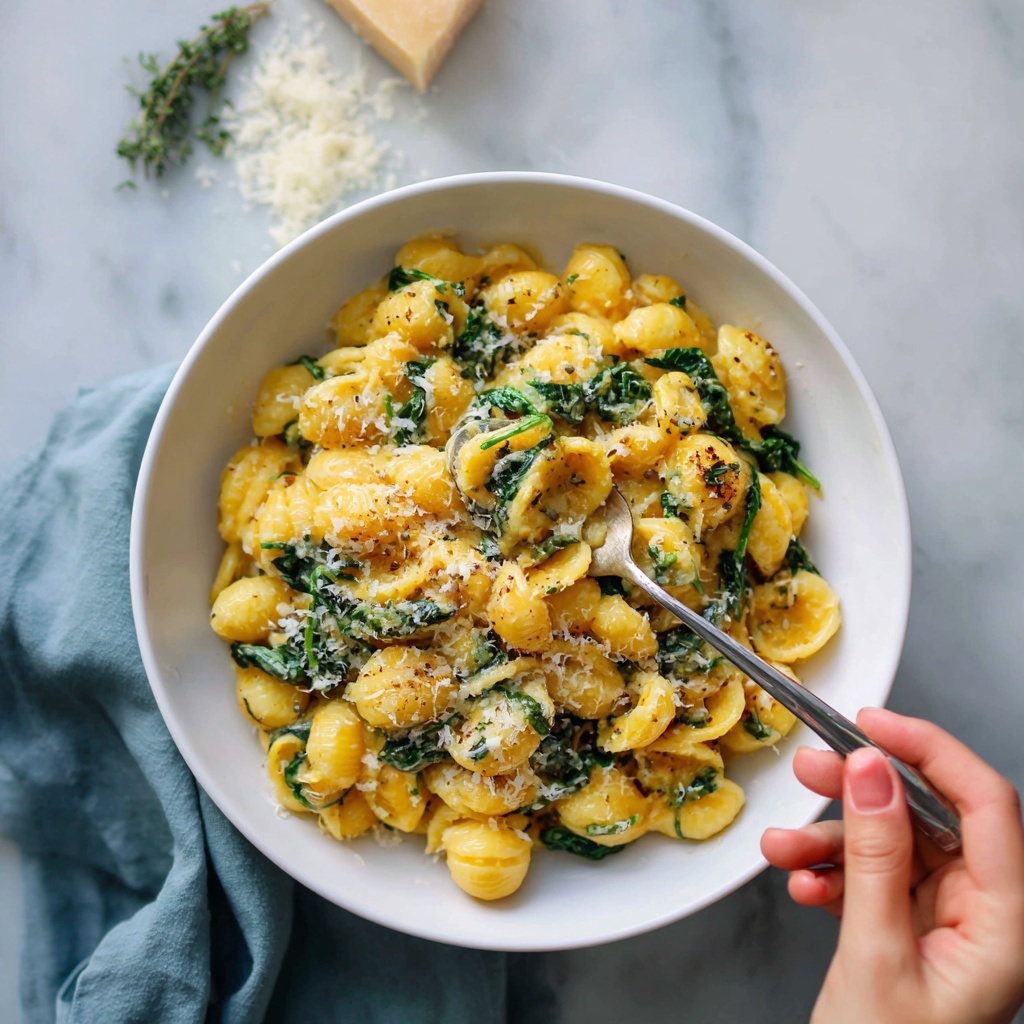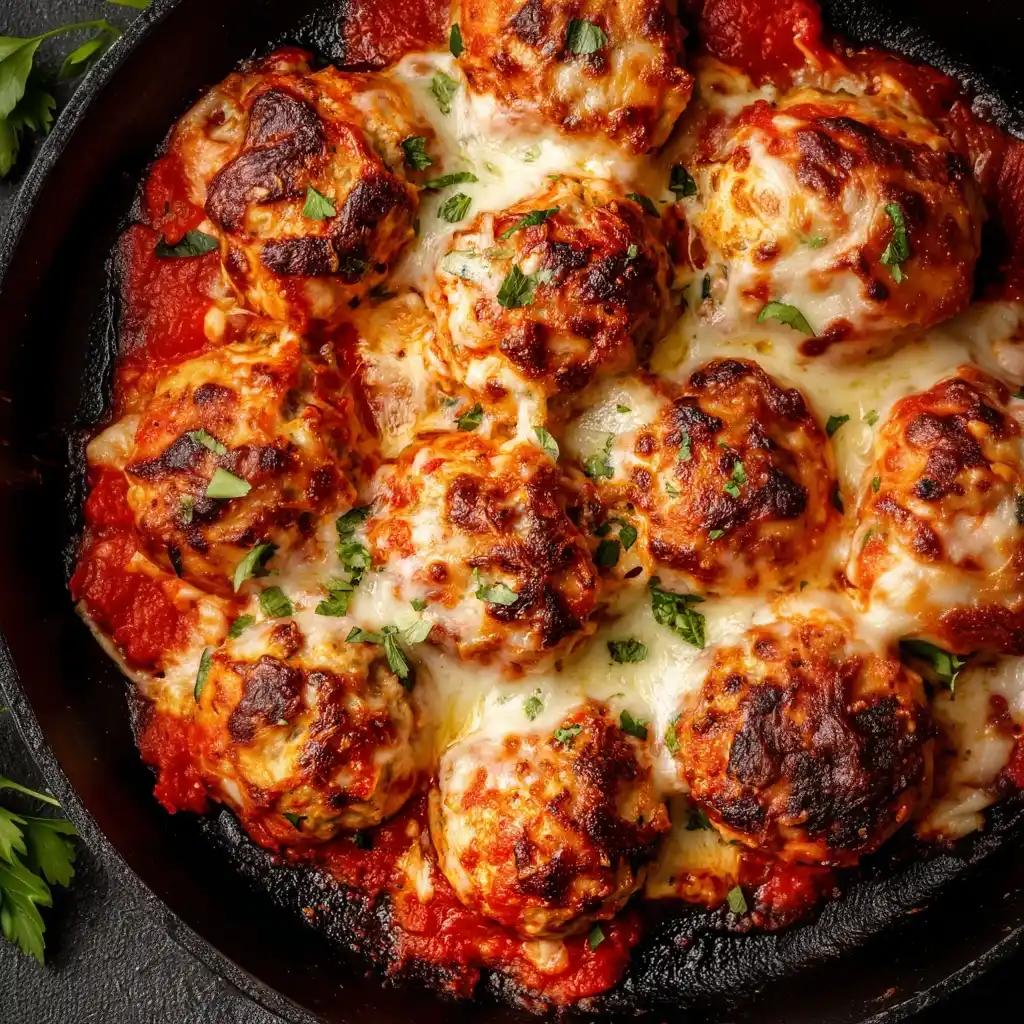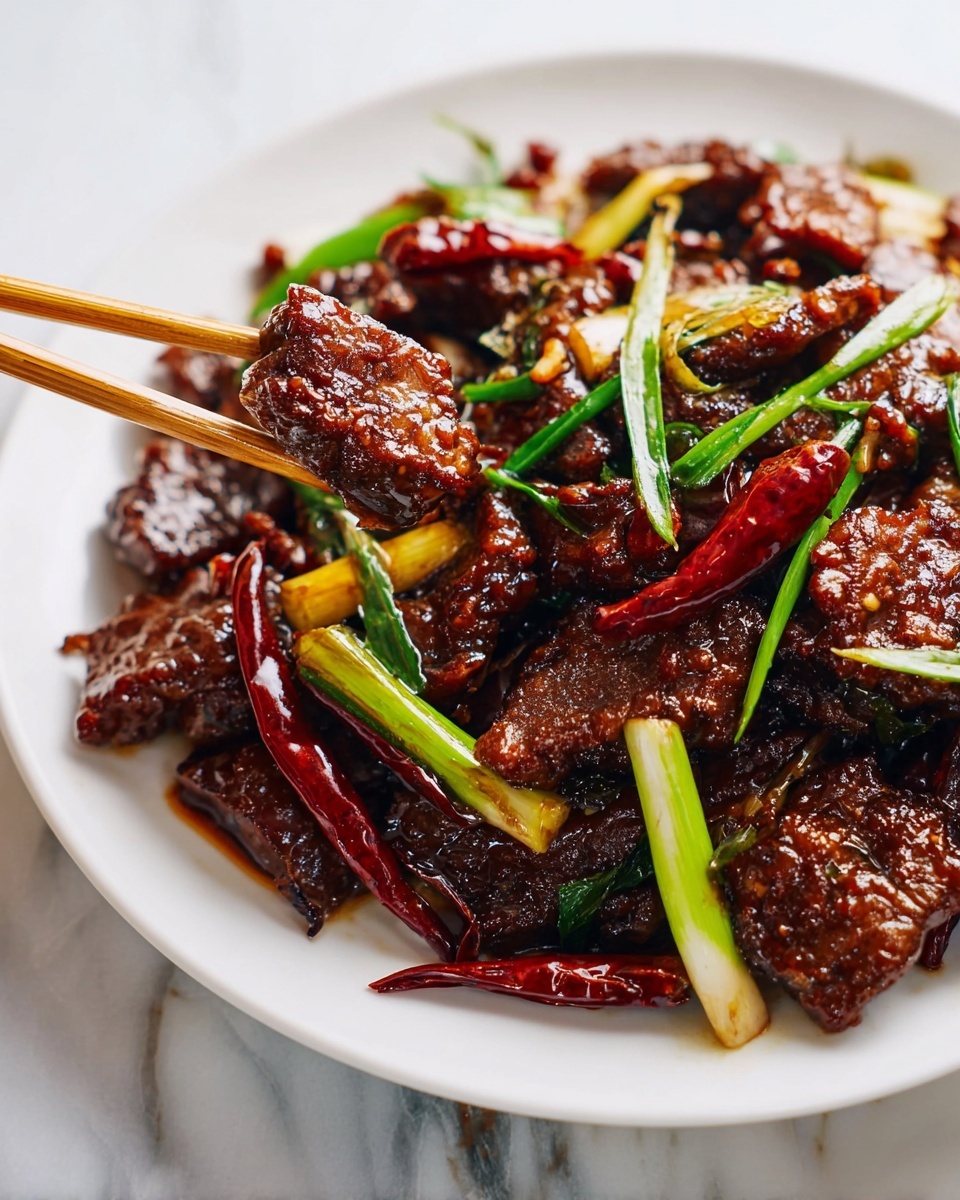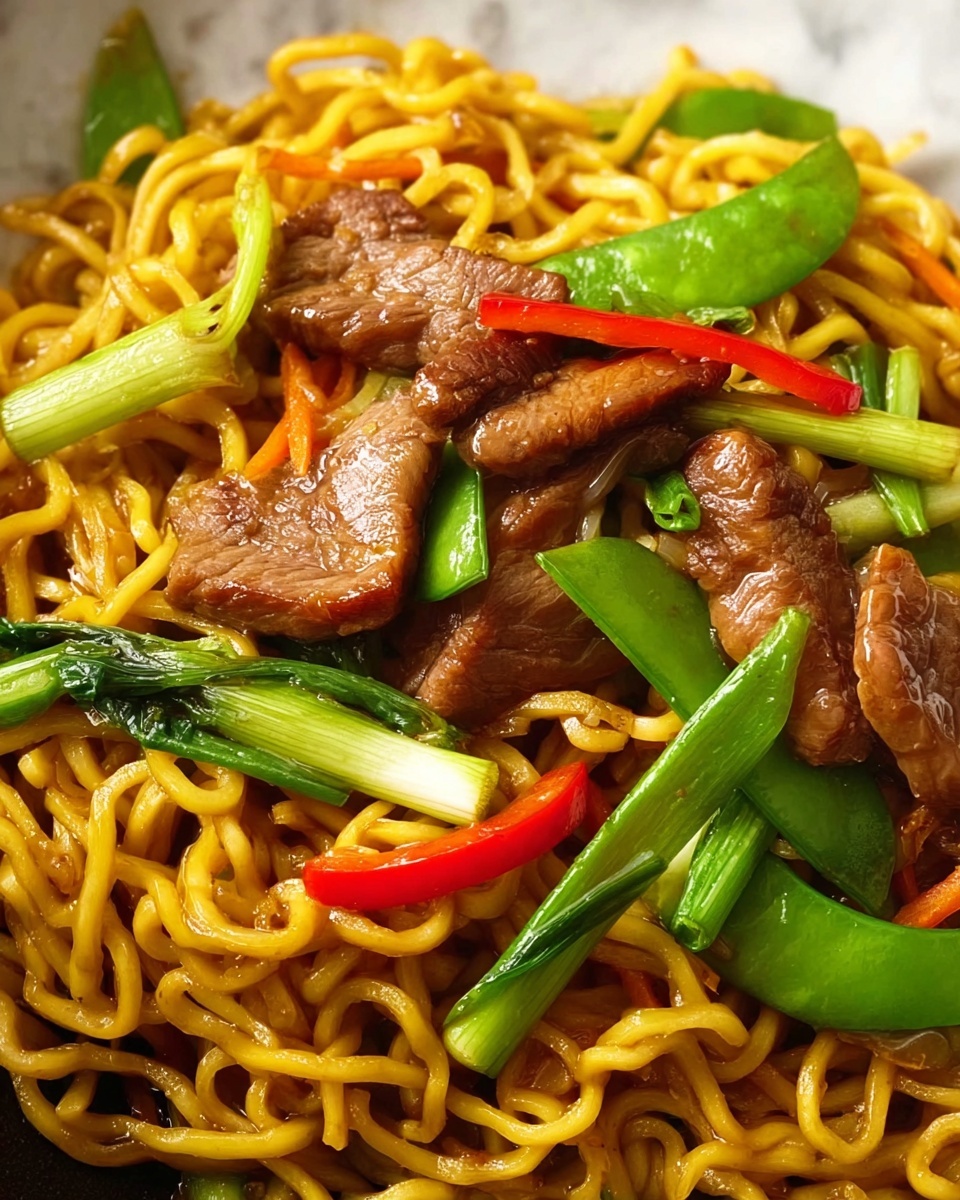If you’re looking for a fresh, simple side dish that brightens up any meal, this Lemony Spinach Couscous Recipe is an absolute must-try. I absolutely love how the zesty lemon plays with tender spinach and the nutty, toasted couscous for a dish that feels both comforting and light. When I first tried this, it quickly became a staple in my kitchen—not only because it’s easy but because it pairs beautifully with so many main courses. Stick around, and I’ll walk you through every step to help you nail this fan-freaking-tastic recipe with ease.
❤️
Why You’ll Love This Recipe
- Bright and Refreshing: The lemon zest really wakes up the dish with a fresh pop, perfect for spring and summer meals.
- Quick and Easy: Ready in about 20 minutes, making it perfect for weeknight dinners when time is tight.
- Versatile Greens: Using baby spinach keeps it tender, but you can swap in whatever greens you have on hand.
- Family Favorite: My family goes crazy for this—it’s a hit with kids and adults alike!
Ingredients You’ll Need
This Lemony Spinach Couscous Recipe comes together with a handful of pantry and fresh ingredients that complement each other beautifully. The chicken stock (or vegetable broth if you prefer) adds richness, while the Pecorino Romano cheese brings a punch of savory depth. When you shop, pick good-quality olive oil and fresh garlic—they make a world of difference.
- Chicken stock or vegetable broth: Using a flavorful broth is key to cooking the couscous without it drying out.
- Kosher salt and black pepper: Season carefully, tasting as you go to balance the flavors.
- Extra virgin olive oil: Adds a fruity, aromatic note that elevates the dish.
- Garlic cloves: Fresh and minced for that essential garlicky aroma—don’t skip or substitute it for powder!
- Aleppo pepper or red pepper flakes: Just a bit brings a nice mild heat, but adjust to your spice tolerance.
- Pearl couscous: Also called Israeli couscous, it’s chewy and holds up beautifully in this recipe.
- Baby spinach: Tender and mild, but feel free to swap in kale or Swiss chard for heartier greens.
- Ghee or butter: Adds creaminess and richness that rounds out the lemon’s brightness.
- Pecorino Romano cheese: Freshly grated is best for its salty, tangy punch—don’t hold back if you love cheese like I do.
- Lemon zest: The zingy star here, make sure to use just the yellow part to avoid bitterness.
- Parsley: Fresh and chopped to finish the dish with a pop of color and freshness.
Note: You’ll find the complete list of ingredients, along with their exact measurements, in the printable recipe card at the bottom of this post.
Variations
One of the best things about the Lemony Spinach Couscous Recipe is how easy it is to make it your own. I like to tweak it depending on what’s fresh or what the mood calls for, so don’t hesitate to make this dish a little unique every time.
- Swap the greens: I’ve had fantastic results using arugula for a peppery twist or kale if I want my couscous with a bit more bite—I just cook them a few minutes longer.
- Make it vegan: Simply swap the ghee/butter for extra olive oil and omit the Pecorino Romano or replace with a vegan cheese alternative for the same creamy texture.
- Add nuts or seeds: Toasted pine nuts or slivered almonds add a lovely crunch and make the dish feel more substantial.
- Spice it up differently: Instead of Aleppo pepper, try smoked paprika or a pinch of cumin for a warm, smoky flavor I’ve grown to love.
How to Make Lemony Spinach Couscous Recipe
Step 1: Warm Your Broth
Start by warming your chicken stock or vegetable broth in a small saucepan over medium-high heat. Getting it hot but not boiling hard is important so your couscous cooks evenly. I like to have it at a low simmer, which usually takes about 5 minutes. This step might sound simple, but trust me, using warm broth makes all the difference in getting tender couscous without dryness.
Step 2: Sauté Garlic and Pepper
Meanwhile, heat about 2 tablespoons of extra virgin olive oil in a medium saucepan over medium heat. Add the minced garlic and Aleppo pepper (you can reduce this if you like less heat). Stirring gently, cook the garlic until it’s golden and fragrant—about 2 to 3 minutes. Be careful not to let the garlic brown or burn; keep the heat moderate and give it your full attention here. This garlic oil base infuses the whole dish with deep flavor.
Step 3: Toast the Pearl Couscous
Next, toss in the dry pearl couscous and stir for another 1 to 2 minutes to lightly toast it. You’ll notice a warm, nutty aroma starting to fill the kitchen—that’s exactly what you want. Toasting is a little step that really boosts the texture and flavor of the couscous.
Step 4: Add Broth and Simmer
Once the broth reaches a full boil, pour it directly over the toasted couscous in your pan. Immediately season with a generous pinch each of kosher salt and black pepper. When you see the couscous begin to bubble, quickly turn the heat down to low and cover the saucepan. Let it cook covered for about 12 minutes, or until the couscous is tender but still has a slight chew. This step requires some patience – resist the urge to peek too often so the steam does its magic!
Step 5: Stir in Spinach, Ghee, and Cheese
When the couscous is just about cooked, stir in the baby spinach, ghee (or butter), and half a cup of freshly grated Pecorino Romano cheese. The spinach will wilt quickly as you stir everything together, forming a creamy, vibrant mixture. This is one of my favorite moments—the dish gets silky and comforting, but the bright green leaves keep it fresh.
Step 6: Finish with Lemon and Parsley
Turn off the heat and mix in the lemon zest and chopped parsley. This final burst of lemony freshness lifts the whole dish and makes it feel lively on the palate. Serve in warmed bowls to really enjoy the aroma and texture at their best.
👨🍳
Pro Tips for Making Lemony Spinach Couscous Recipe
- Use warm broth: I learned this the hard way; cold broth results in unevenly cooked couscous with weird hard bits.
- Don’t overcook the garlic: Keep the heat moderate and stir often to prevent bitterness.
- Toast the couscous first: That toasty flavor makes a simple dish truly special.
- Keep it covered while cooking: Lifting the lid too often lets steam escape and can dry out your couscous.
How to Serve Lemony Spinach Couscous Recipe
Garnishes
I love finishing this dish with a few sprinkles of extra parsley and additional grated Pecorino Romano for a little more cheesy goodness. A light drizzle of extra virgin olive oil or a squeeze of fresh lemon juice right before serving tastes amazing too—freshness elevated.
Side Dishes
I usually serve this lemony spinach couscous alongside grilled chicken, roasted fish, or even a crispy pan-fried tofu for a meatless meal. It’s also fantastic as part of a Mediterranean-inspired spread, paired with roasted veggies and a dollop of hummus.
Creative Ways to Present
For special occasions, I like to present this dish inside hollowed-out lemons or roast some lemon halves alongside to serve on the side—it looks stunning and reinforces the lemon theme. You can also pack it in small jars for picnic-style lunches that feel fancy but are super easy.
Make Ahead and Storage
Storing Leftovers
After letting the couscous cool to room temperature, I transfer leftovers to an airtight container and keep it in the fridge. It keeps really well for up to 4 days, making it a great option for make-ahead lunches or dinner sides.
Freezing
While I usually prefer fresh, I’ve frozen this dish successfully on occasion. Just thaw overnight in the fridge and loosen with a splash of broth or water when reheating to keep it creamy.
Reheating
I reheat leftovers gently in a skillet over medium heat with a splash of broth or water to prevent drying out. Stir gently and heat just until warmed through—overcooking can make the spinach lose its vibrant color and the couscous get mushy.
FAQs
-
Can I make this Lemony Spinach Couscous Recipe vegan?
Absolutely! Just swap the ghee or butter with extra olive oil and use a vegan cheese substitute or omit the cheese entirely. The lemon and garlic provide plenty of flavor without it.
-
What can I substitute for baby spinach?
You can use fresh kale, arugula, Swiss chard, or even frozen spinach (no need to thaw). Just keep in mind heartier greens might need a couple minutes longer cooking to soften nicely.
-
Can I use regular couscous instead of pearl couscous?
Regular couscous is much finer and will cook faster, so the texture will be different. This recipe is designed for pearl (Israeli) couscous, which holds up better and offers a nice chew. If using regular couscous, adjust broth amounts and cooking times accordingly.
-
How spicy is this dish?
The Aleppo pepper adds a mild, slightly fruity heat that’s very approachable. If you prefer mild flavors, use less or omit it altogether; it won’t affect the overall yumminess.
-
Can I prepare this in advance?
Yes! You can make it ahead, store in the fridge, and gently reheat when ready to serve. Just add a little broth or water when warming up to keep it moist and creamy.
Final Thoughts
This Lemony Spinach Couscous Recipe really holds a special place in my kitchen because it’s quick, adaptable, and full of bright flavors that keep me coming back for more. It’s one of those dishes I recommend to any friend who wants to add something light yet satisfying to their weeknight dinner lineup. I can’t wait for you to try it—you’ll discover how simple ingredients like lemon, spinach, and couscous come together so beautifully, and I bet it’ll become a regular for you too!
Print
Description
Lemony Spinach Couscous is a vibrant, flavorful dish featuring toasted pearl couscous simmered in savory chicken or vegetable broth, enriched with garlic, Aleppo pepper, wilted baby spinach, melted ghee, and Pecorino Romano cheese. Finished with fresh lemon zest and parsley, this recipe offers a delicious, comforting Mediterranean-inspired side or light main that’s easy to prepare in under 30 minutes.
Broth and Seasoning
For the Couscous
Vegetables and Finishing Touches
- Warm the Broth: Pour the chicken or vegetable broth into a small saucepan and set it over medium-high heat. Bring it to a gentle simmer and keep warm while you prepare the couscous.
- Sauté the Garlic and Aleppo Pepper: In a medium saucepan, heat about 2 tablespoons of extra virgin olive oil over medium heat. Add the minced garlic and Aleppo pepper. Stir frequently, cooking gently for 2 to 3 minutes until the garlic is golden and fragrant but not browned to avoid bitterness.
- Toast the Couscous: Add the dry pearl couscous to the garlic and oil mixture. Stir constantly to toast the couscous for 1 to 2 minutes until lightly golden, which enhances its nutty flavor.
- Add Broth and Simmer: Bring the warmed broth up to a full boil and pour it over the toasted couscous in the saucepan. Season with a generous pinch of kosher salt and black pepper. Once bubbling, reduce the heat to low, cover the pan, and let it cook gently for about 12 minutes, or until the couscous is tender but still slightly firm.
- Add Greens, Ghee, and Cheese: Stir in the baby spinach, allowing it to wilt evenly. Then add the ghee or butter and the Pecorino Romano cheese. Mix well until the cheese melts into the couscous, creating a creamy consistency, then remove the pan from heat.
- Finish and Serve: Stir in the fresh lemon zest and chopped parsley to brighten the dish. Divide the couscous into serving bowls and enjoy immediately as a hearty side or light main course.
Notes
- Shop this recipe: Visit specialty Mediterranean stores or online shops to find quality ingredients such as extra virgin olive oil, pearl couscous, and Aleppo pepper for authentic flavor.
- Swap the Greens: Baby spinach can be substituted with frozen spinach (no defrosting necessary), or use fresh kale, arugula, or chopped Swiss chard. For heartier greens, allow a few extra minutes of cooking to soften.
- How to Store: Cool leftovers to room temperature, transfer to an airtight container, and refrigerate for up to 4 days. Reheat gently in a skillet over medium heat with a splash of broth or water to loosen the texture.
Nutrition
- Serving Size: 1 cup
- Calories: 280
- Sugar: 1.2 g
- Sodium: 550 mg
- Fat: 10 g
- Saturated Fat: 3.5 g
- Unsaturated Fat: 6.5 g
- Trans Fat: 0 g
- Carbohydrates: 38 g
- Fiber: 3 g
- Protein: 8 g
- Cholesterol: 12 mg










